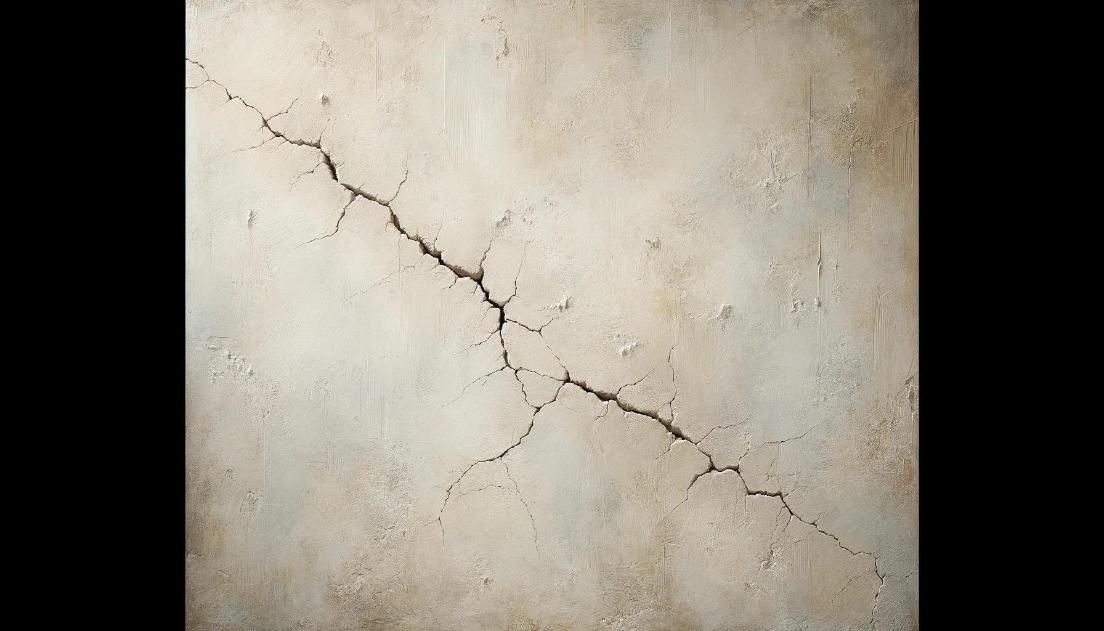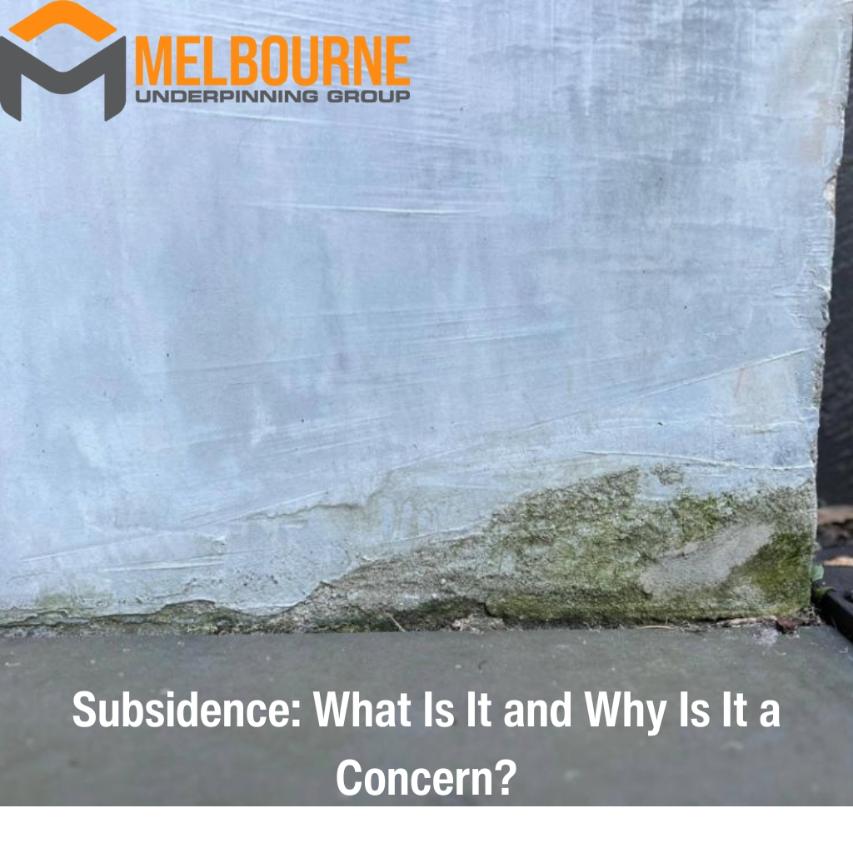In homes across Melbourne, the silent yet relentless issue of subsidence is emerging as a growing concern. This hidden menace can gradually undermine the very foundations of any property, leading to costly and complex repairs if neglected.
Fortunately, understanding its early signs and causes can help us understand and prevent the potentially devastating impacts of subsidence.
In this blog, we’ll discuss what subsidence is, why it’s a concern, along with the top 6 causes of it.
What is Subsidence?
Subsidence is the gradual sinking or downward settling of the ground’s surface, often resulting in structural damage to buildings and infrastructure. This phenomenon can be caused by a variety of factors, including soil compaction, removal of underground water, natural geological processes, or human activities like mining or tunnelling.
It’s particularly problematic in areas with clay-rich soils, which are prone to significant volume changes with moisture variations. Addressing subsidence requires specialised geotechnical interventions to stabilise the affected area and prevent further damage.

Why is Subsidence a Concern?
Subsidence is a major concern because it can compromise the structural integrity of buildings, leading to costly repairs and reduced property values. It poses safety risks, as the weakening can result in sinking house foundations and collapses.
Additionally, subsidence can disrupt underground utilities and transportation networks, leading to wider community impacts. The issue is exacerbated by its often insidious nature, progressing unnoticed until significant damage occurs.
That’s why early detection and intervention of subsidence is crucial to minimise its effects.
What Are the Top 6 Causes of Subsidence?
The top 6 causes of subsidence are soil shrinkage, erosion, poor compaction, water leaks, tree roots, and excavations.
Soil Shrinkage
In areas with clay-rich soils, prolonged drought can cause significant soil shrinkage, leading to subsidence. Clay particles contract as they dry out, reducing the volume of the soil and causing the ground above to sink. This type of subsidence is particularly prevalent in regions with seasonal dry spells.
Soil Erosion
Soil erosion, often exacerbated by water flow, can remove layers of soil from beneath structures, resulting in uneven ground support and subsidence. Natural factors like heavy rainfall or flooding can accelerate this process.
Poor Soil Compaction
When the soil used as fill in construction sites is not adequately compacted, it can settle unevenly over time. This settling process can cause the ground to sink, leading to subsidence. The risk is higher in areas where large amounts of fill are used.
Water Leaks
Water from leaking drains and mains can wash away or soften the soil, particularly in sandy or granular soils. This loss of soil structure leads to voids, causing the surface above to collapse.
Tree Roots
Large trees near buildings can cause subsidence as their roots draw moisture from the soil, leading to shrinkage, especially in clay soils. The extent of the impact depends on the type of tree, its size, and proximity to the building.
Underground Excavations
Human activities like mining, tunnelling, or large-scale underground construction can cause the ground to collapse or settle. These activities often remove support from the ground above, leading to subsidence.
Are Certain Areas More Prone to Subsidence?
Yes, certain areas are indeed more prone to subsidence, largely due to variations in soil composition and local environmental factors. Regions with clay-rich soils are particularly susceptible. This is because clay expands when wet and contracts during dry conditions, leading to greater soil movement.

